These businesses filled the pages of Binghamton's 1884 city directory
It is time again for us to get in the wayback machine and take a trip back in history.
No, we are not Mr. Peabody or Sherman, we are taking a look at life and occupations in 1884 — 140 years ago. Some things, I am sure, will still be the same or still exist, but so much more does not — and that is where we can learn about earlier times.
This is a time in our region where there was a significant rise in the level of industrialism in the Broome County region.
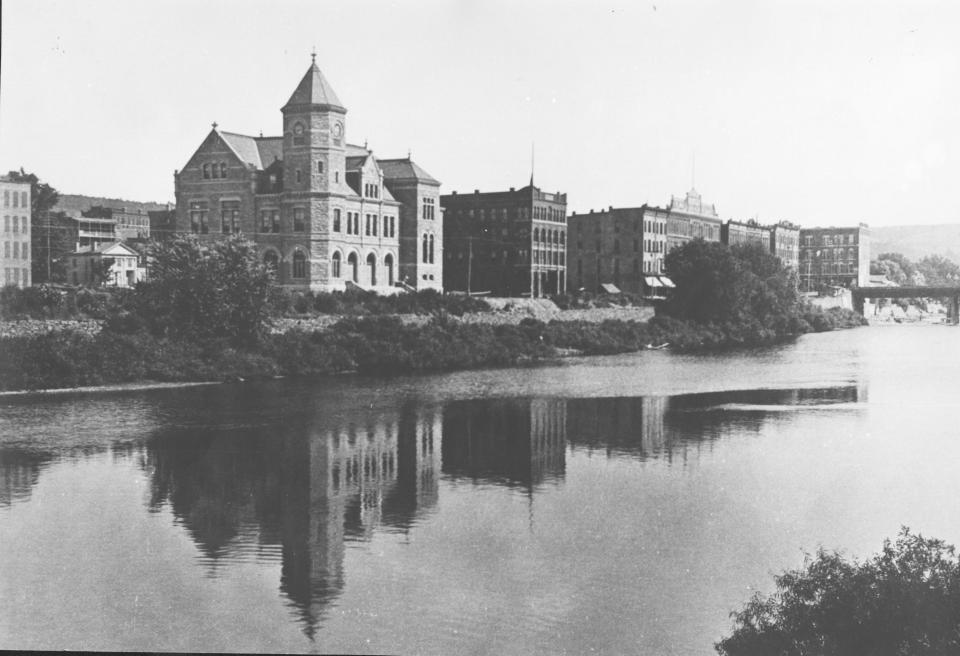
The number of cigar factories was beginning to rise at a fast pace, and the influx of immigrants from European countries was fueling much of this growth. The railroad transportation system was complete, and it provided an excellent means to bring both goods and people in and out of the area.
We were a business and industrial hub, and the level of and number of occupations began to reflect that in the annual city directory. It is always a fascinating study for this writer to leaf through the pages of these tomes to see how residents lived more than a century ago.
In the business section of that directory, there was the heading of Looking Glasses and Picture Frames which was being performed by the firm of Smith & Peabody whose business was at 96 Court St. in Binghamton.
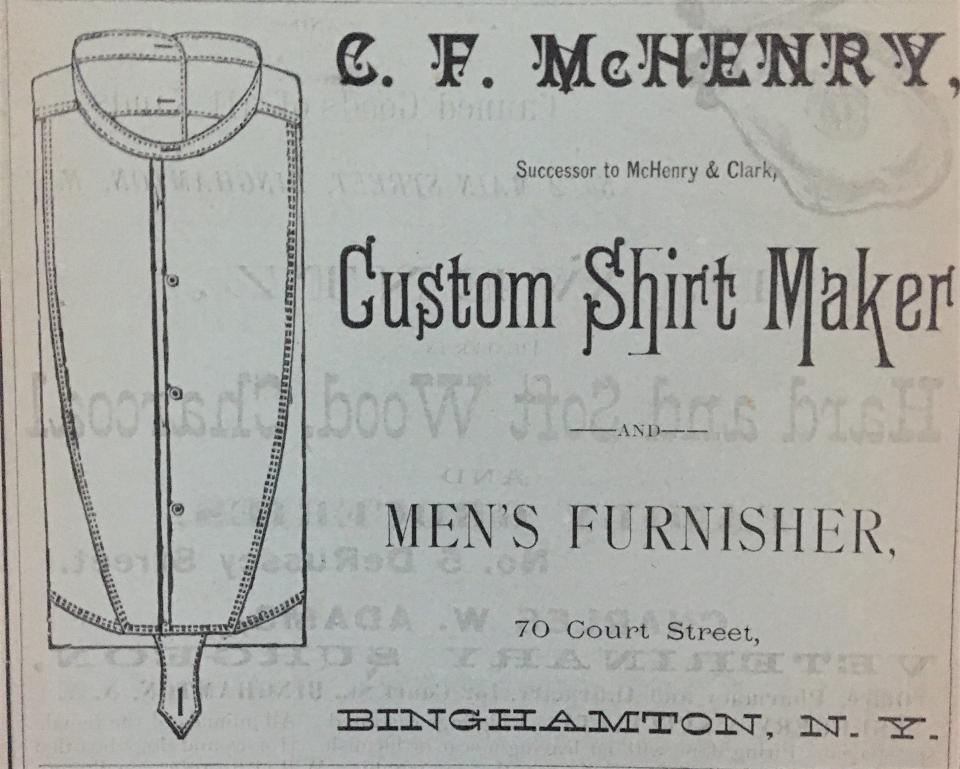
I would have thought that by 1884, we would have used the term of mirrors, instead of looking glass.
There, of course, was the usual assortment of lawyers, doctors, and restaurants found in the listings. Some listings, though, were a bit more unique.
I found the occupation of wringers a bit strange. That was, until I saw that it listed Sterling Manufacturing Company of 44 Court St. and realized that they made wringers for the developing washing machines. I had envisioned some poor soul whose job it was to stand all day and wring laundry.
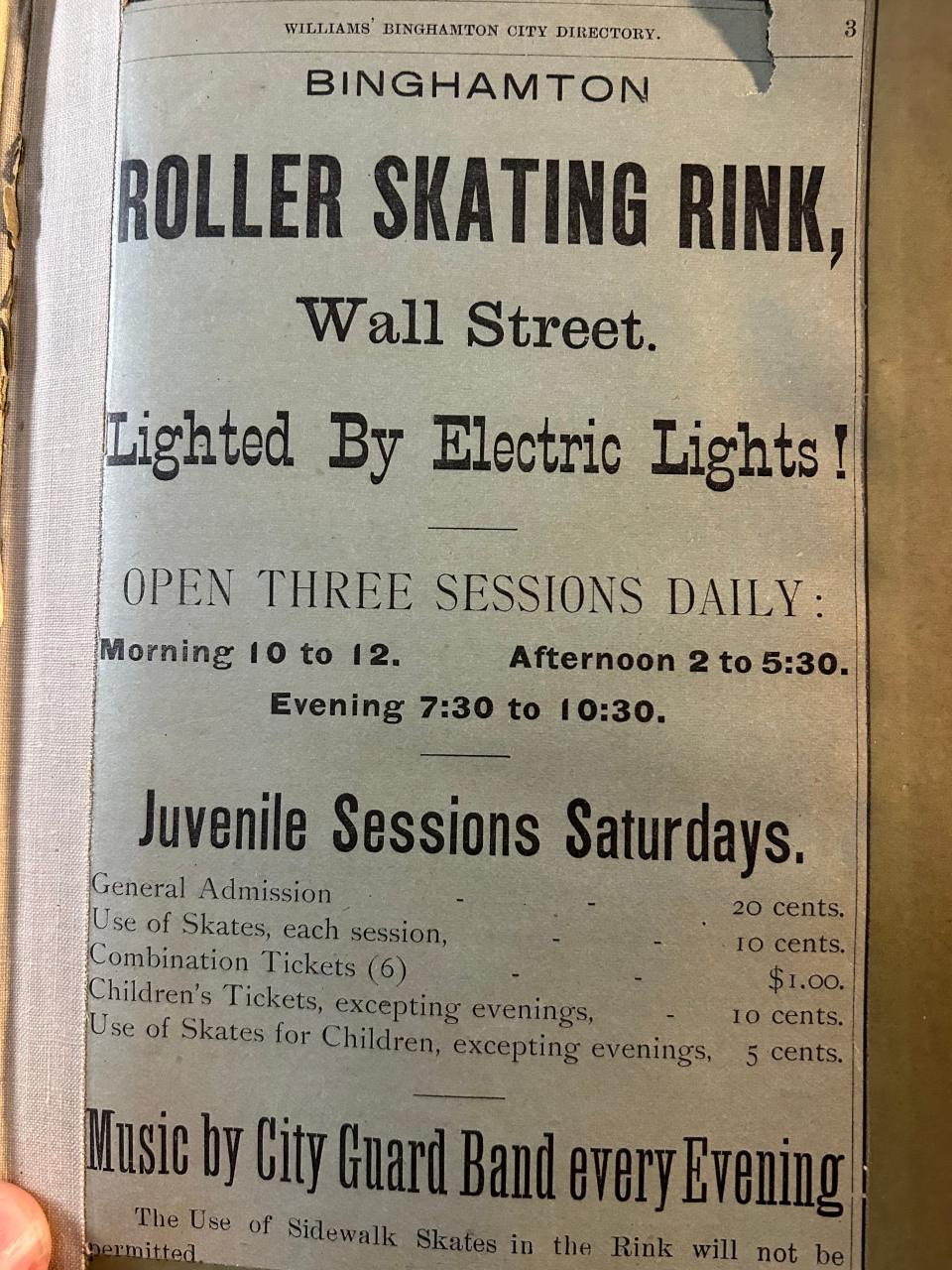
The City of Binghamton had two sign writing companies in 1884. Both Frank Osborne at 20 Sand St., and J.W. Smith at 115 State St. were busy making signs for the increasing number of businesses and offices around the community.
There were two rolling skating rinks in the city, including the Binghamton Roller Skating Rink on Wall Street and the Metropolitan Roller Skating Rink across from Christ Church. Unfortunately, the latter business collapsed, and was removed to expand Henry Street to Wall Street shortly after this directory was published.
More: These moments in WWII history were captured by two Broome County photographers
Finch & Ross Company on Park Avenue in the Rossville section of the city (near the current Ross Park) maintained an acid works company for several years, and they also sold a number of chemicals from the facility.
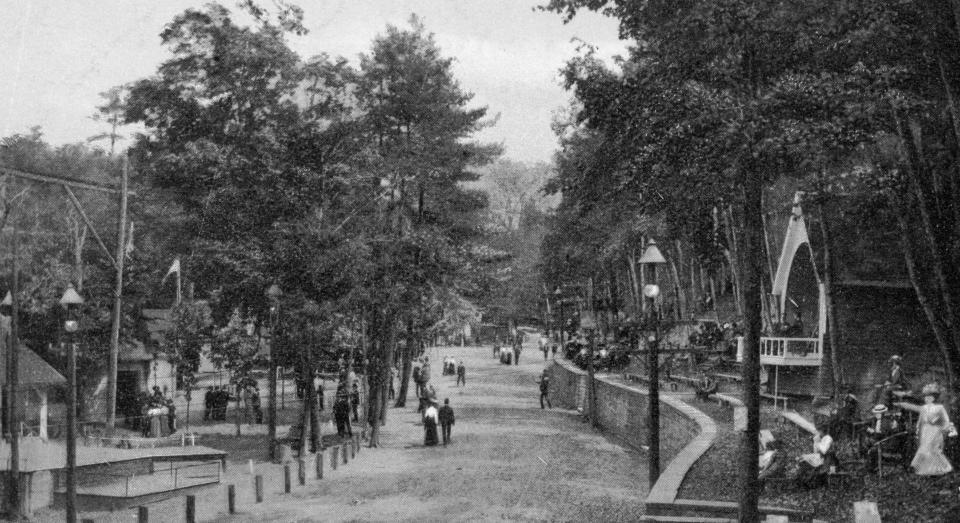
J.R. Pierce at 40 Court St. was listed as a bleacher – something we wouldn’t think of as an occupation.
In an interesting note of the strong belief in homeopathic medicine around this time, there is a listing for an electropathic institute run by professor Henry Mills on Fairview Avenue.
There were 31 hotels listed for Binghamton alone, and if one adds in the number of boarding houses, it brings the total up to 66 facilities to provide temporary housing for the increasing numbers of workers and salesmen travelling through the area.
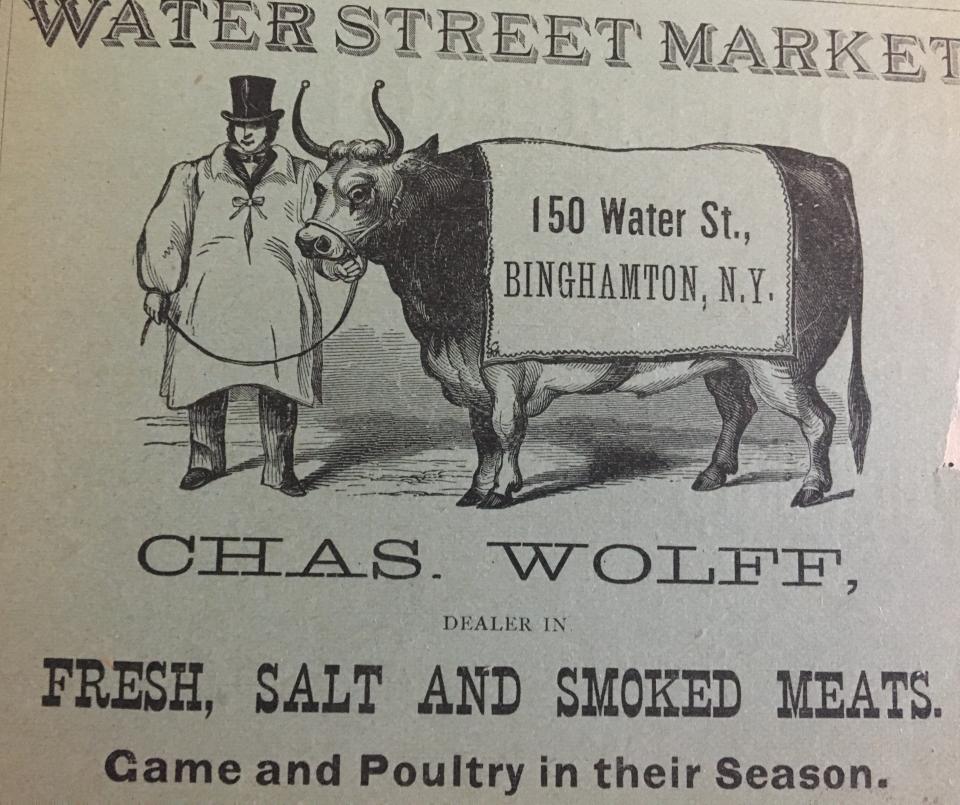
As previously mentioned, there were a large number of restaurants and “saloons” for entertainment. There were four pool rooms operating in that year. So, there was enough to keep visitors entertained while staying in this community awaiting their travel back via railroad or overland at that time.
The listing for William Fennell, who operated his business at 235 State St. intrigued me.
The address doubled as his residence. In the city directory for 1884, Fennell is listed as a scavenger. In a dictionary of obsolete occupations, it lists three duties for that job. The first is a street cleaner, the second picks up textile waste in a factory, and the third is a church cleaner. In any of those instances, it sounds like Willam Fennell’s occupation was very unique.
The world of 1884 was far removed from today's, but one from which we can learn so much of where we have been.
Gerald Smith is executive director of the Tioga County Historical Society and a former Broome County historian. Email him at historysmiths@stny.rr.com.
This article originally appeared on Binghamton Press & Sun-Bulletin: Looking glasses, pool rooms and wringers in Binghamton 1884 directory

